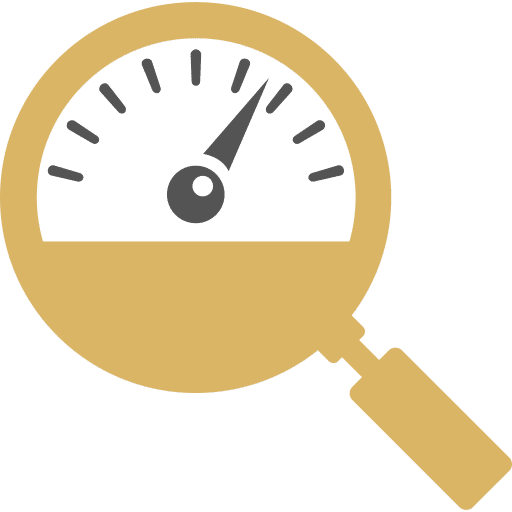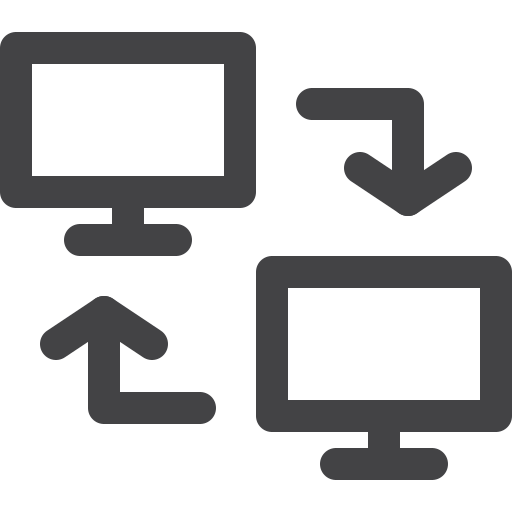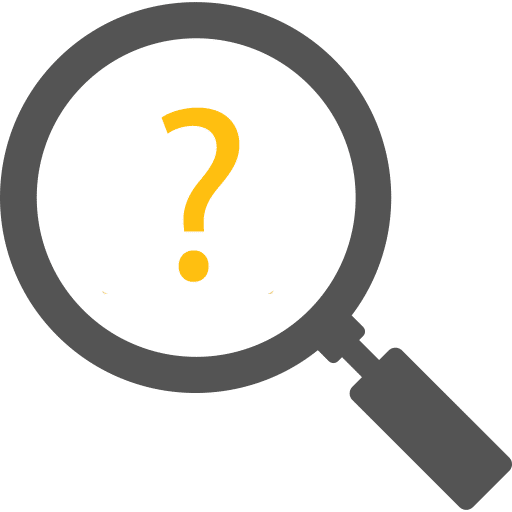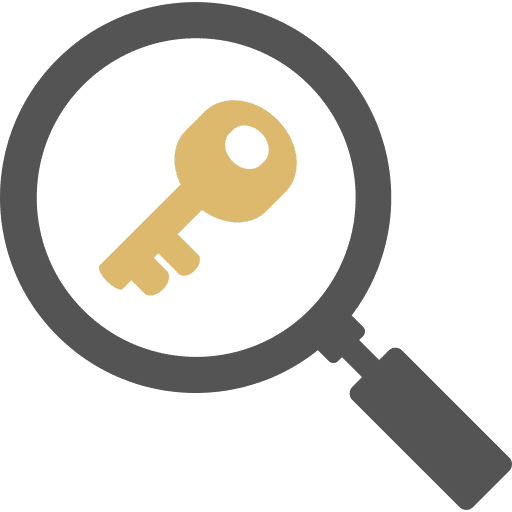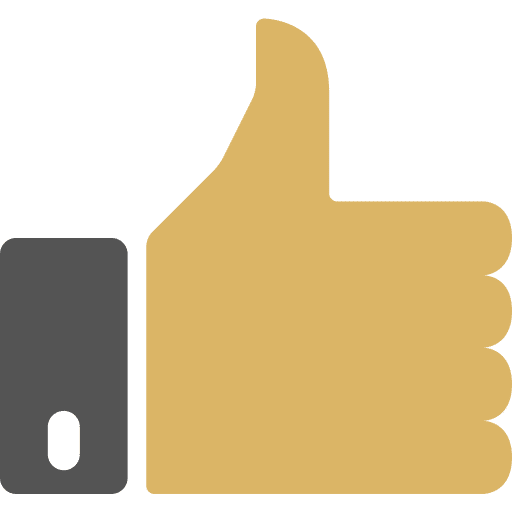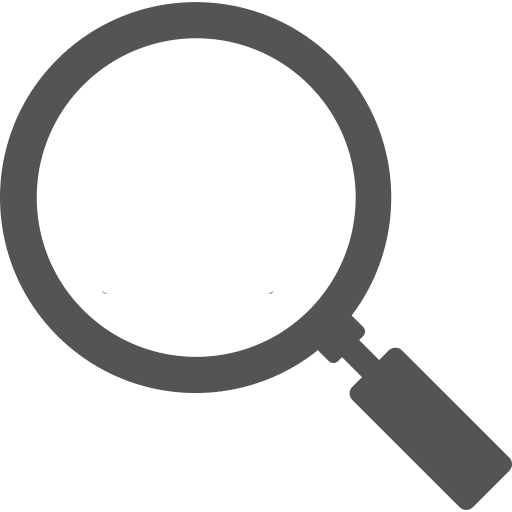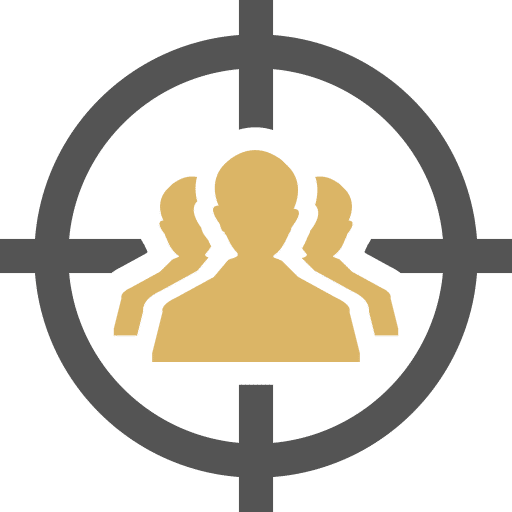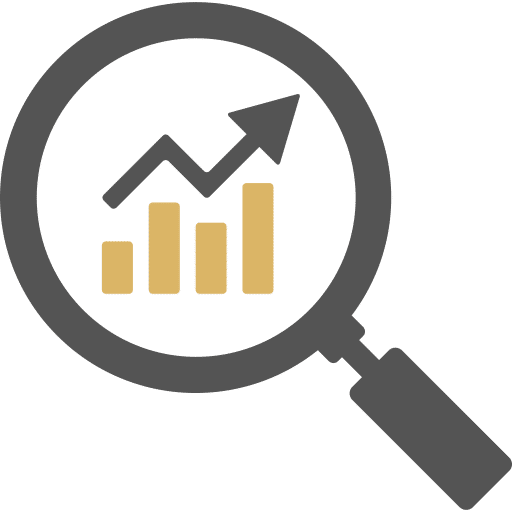Mastering Crawl Budget: The SEO Factor You've Overlooked
You’ve done your on-page SEO and optimized your keywords, nailed your meta descriptions, and even earned some quality backlinks. But what if I told you there’s a hidden factor that could be holding back your site’s SEO potential? A factor so often overlooked, yet so crucial, it could be the missing link between you and that coveted first-page ranking. Intrigued? You should be. Because understanding this factor could be the game-changer your online strategy needs. So, let’s dive in and unravel this mystery, shall we?
Table of Contents
Crawl Budget Fundamentals
Why Crawl Budget Matters for SEO
Crawl budget is not just a technical term; it has direct implications for your site’s visibility on search engines. A suboptimal crawl budget can lead to essential pages being overlooked by search engines, affecting your site’s ranking and performance.
What is Crawl Budget?
In simple terms, crawl budget is the number of pages a search engine will scan on your website within a specific time frame. It’s a function of crawl rate and crawl demand, both of which are essential to understand for effective SEO management.
By comprehending the significance and the mechanics of crawl budget, you’re better equipped to delve into more advanced optimization techniques. This foundational understanding is a stepping stone to fully unlocking your website’s SEO capabilities.
* It’s worth mentioning that crawl budget typically becomes a concern for larger websites, specifically those with upwards of 10,000 pages.
The Components of Crawl Budget
Googlebot and Its Role
Googlebot is the search engine crawler that scans your website. Its primary function is to index the content for Google. The frequency and extent of these crawls are part of your site’s crawl budget. Understanding Googlebot’s role is the first step in managing this budget effectively.
Understanding Crawl Rate
Crawl rate refers to the speed at which Googlebot scans your website. It’s measured in requests per second. A high crawl rate is not always beneficial, as it can overload your server, leading to a poor user experience.
What Influences Crawl Demand?
Crawl demand is determined by the search engine’s need to index fresh or updated content. High-quality, frequently updated content increases crawl demand. Conversely, low-quality or rarely updated pages may not be crawled as often.
Knowing the components of crawl budget sets the foundation for optimizing it, which is the next logical step in enhancing your website’s SEO performance
How to Optimize Crawl Budget
After understanding the components of crawl budget, the next step is optimization. This section will focus on the tools and techniques that can be employed to make the most of your crawl budget.
Importance of Robots.txt
The robots.txt file serves as a guide for search engine crawlers like Googlebot. It tells them which pages to crawl and which to avoid. A well-configured robots.txt file can help allocate your crawl budget more efficiently, ensuring that important pages are indexed.
The Role of Noindex Tags
Using the ‘noindex’ tag on certain pages instructs search engine crawlers not to index them. This is useful for pages that are not essential for search ranking but may still consume your crawl budget.
Creating Effective Sitemaps
A sitemap is a list of URLs on your website that you want search engines to crawl and index. An up-to-date sitemap submitted to search engines can help direct crawlers to the most important pages, optimizing the use of your crawl budget.
Optimizing your crawl budget is a critical aspect of SEO that can lead to improved site performance and better search rankings.
Site Structure and Internal Linking
Optimizing your crawl budget isn’t just about controlling what search engines see; it’s also about structuring your site in a way that makes it easier for them to navigate. This section will discuss the impact of site structure on crawl budget and offer best practices for internal linking.
How Site Structure Affects Crawl Budget
A well-organized site structure helps search engine crawlers find and index important pages more efficiently. Poorly structured sites can lead to crawlers wasting time on irrelevant or duplicate pages, thereby consuming your crawl budget unnecessarily.
Best Practices for Internal Linking
Internal linking is another tool for guiding search engine crawlers through your site. Strategic linking can prioritize important pages, making it more likely they’ll be crawled and indexed. Use descriptive anchor text and avoid excessive links to ensure effective utilization of crawl budget.
Understanding the role of site structure and internal linking is crucial for maximizing your crawl budget. This sets the stage for diving into the technical aspects that can further influence how search engines interact with your site.
Technical Aspects to Consider
Beyond site structure and internal linking, technical SEO factors also influence crawl budget. This section will focus on server errors and log file analysis, two technical aspects that can significantly impact your crawl budget.
Server Errors and Their Consequences
Server errors can disrupt the crawling process. Errors like 404 Not Found or 500 Internal Server Error waste crawl budget as crawlers spend time on pages that don’t contribute to your site’s visibility. Addressing these errors is crucial for optimizing crawl budget.
Importance of Log File Analysis
Log files record the actions of search engine crawlers on your site. Analyzing these logs provides insights into how your crawl budget is being used. It can reveal issues like frequent crawling of low-value pages, helping you make data-driven adjustments to your SEO strategy.
By proactively managing server errors, you can optimize your crawl budget, ensuring that search engines are spending their time on the pages that matter most for your SEO strategy.
Here are some steps you can do:
- Identify Errors: Use tools like Google Search Console to identify server errors such as 404 Not Found or 500 Internal Server Error.
- Fix 404 Errors: Update or remove broken links that lead to 404 pages. You can also set up 301 redirects to guide crawlers to the correct pages.
- Resolve 500 Errors: These are often server-side issues. Consult with your web hosting service or IT department to resolve these errors as quickly as possible.
- Update Robots.txt: Make sure your robots.txt file is correctly configured to guide crawlers away from pages that aren’t essential to your site’s SEO.
- Monitor Logs: Regularly check server logs to identify any new or recurring errors that could be affecting your crawl budget.
- Test Changes: After making any changes, test your site to ensure you’ve effectively resolved the errors without introducing new ones.
Technical considerations are an integral part of managing your crawl budget effectively. The next section will discuss common issues that can arise and how to address them to make the most of your crawl budget.
Common Issues and How to Solve Them
Crawl budget can be affected by various issues, some more obvious than others. This section will address three common problems: orphan pages, duplicate content, and URL parameters, along with solutions to optimize your crawl budget.
Dealing with Orphan Pages
Orphan pages are not linked from any other page on your site, making them hard for search engine crawlers to discover. These pages can consume crawl budget without adding value. The solution is to either remove these pages or integrate them meaningfully into your site’s structure.
How Duplicate Content Affects Crawl Budget
Duplicate content across multiple URLs can confuse search engine crawlers and waste crawl budget. Utilize canonical tags to indicate the preferred version of the content, thereby optimizing the crawl process.
URL Parameters and Their Impact
URL parameters like filters and sort orders can create multiple URLs for the same content. This can lead to inefficient crawling. Use the robots.txt file or Google Search Console to manage how crawlers interact with URL parameters.
Understanding and resolving these common issues is key to optimizing your crawl budget. If you’re unsure, make sure you partner with a trusted SEO expert that can help.
Additional Tools and Resources
Optimizing crawl budget is not a one-time task but an ongoing process. To aid in this, several tools and resources can be employed. This section will cover site health checks, technical SEO tools, and web crawlers and site audits.
Site Health Checks
Regular site health checks can identify issues affecting your crawl budget. Tools like Google Search Console offer comprehensive insights into how your site is crawled and indexed.
Technical SEO Tools
Technical SEO tools like Screaming Frog and SEMrush can provide deeper insights into your site’s structure and performance. These tools can identify issues like broken links, duplicate content, and inefficient URL parameters.
Web Crawlers and Site Audits
Web crawlers simulate how search engines crawl your website. Running periodic site audits can help identify issues that might be consuming your crawl budget unnecessarily.
These tools and resources can significantly aid in maintaining an optimized crawl budget.
Conclusion
In the ever-changing landscape of SEO, mastering your website’s crawl budget is a factor that’s often overlooked but is crucial for optimal performance. This article has provided a comprehensive guide to understanding, optimizing, and maintaining your crawl budget.
Key Takeaways for Business Owners Looking to Grow
Understanding and optimizing your crawl budget is not just a technical exercise but a strategic one that directly impacts your business growth. From the role of Googlebot to the importance of site structure and technical aspects, each component plays a significant role in how well your website performs in search engine rankings.
Next Steps for Mastering Crawl Budget
Armed with this knowledge, the next steps involve regular site health checks, employing technical SEO tools, and running web crawlers and site audits. Consistent monitoring and adjustments are key to maintaining an optimized crawl budget.
Tools to help you analyze your website’s SEO
If you want to try some of the tools that are used for SEO, start with these:
More SEO information
